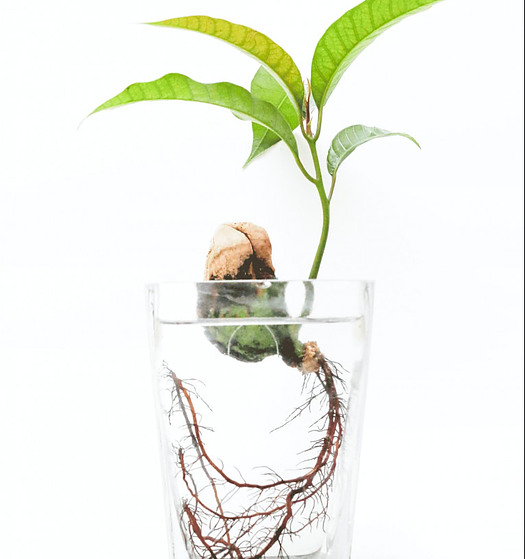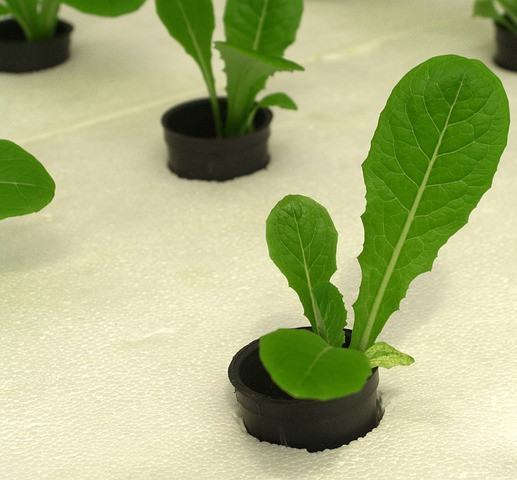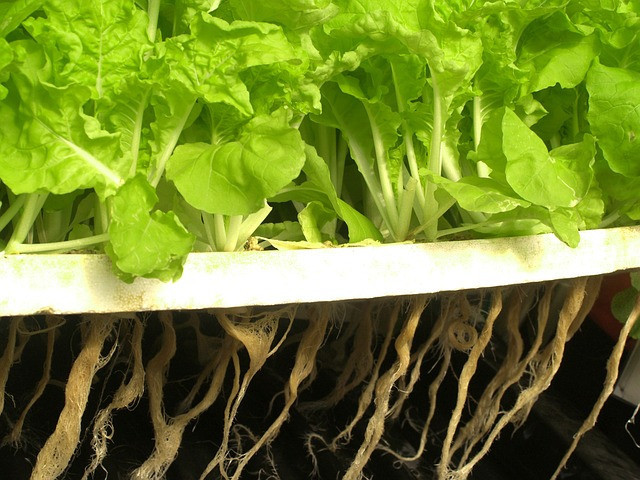
Professor B.A, (Bernard) Kratky, Ph.D. and Horticulturist Emeritus at the University of Hawaii, is the first to set the record straight concerning the simple, inexpensive, yet amazingly efficient method of crop-production that currently bears his name, indeed what he himself refers to as ‘the suspended-pot, non-circulating hydroponic method’.
A Brief History of Hydroponics
A delightfully ‘down-to-earth’ Professor (the same earth he demonstrates we do not need to produce many kinds of veggies and fruits), Professor Kratky recounts his history of the hydroponic method beginning in 1666. We do note, in passing, that some observers think the idea of soil-less agriculture may, possibly, be as old as the hills, possibly even dating back to the Hanging Gardens of Babylon…
Be that as it may, for Professor Kratky, the idea began to shape into a method with the work of Robert Boyle, around four hundred years ago (coincidentally, we note, at the height of the Maunder Minimum, which may have contributed to Boyle’s interest in developing alternative methods of agriculture). This Irish scientist’s experiments established that plants cannot be nourished with rainwater alone. ‘Proper juices such as present in dung must be added to water to nourish plants.’
Professor Kratky also cites the work of Englishman John Woodward (1699 – showing that plants grow best in water containing the most soil), Frenchman Jean Boussingault (1851-1855 – showing that nutrients for plants growing in water did not need to come from soil), and Germans, Julius von Sachs and Wilhelm Knop (the first a plant physiologist, the second an agrochemist, who, in 1860, demonstrated together that plants could thrive in nutrient solution only).
Also high on Professor Kratky’s radar is Professor William Gericke in the 1930s (during the Great Depression) who worked to show that methods of growing plants without soil, in liquid media, could be adapted for commercial purposes.
The Kratky Method
In any event, the so-called ‘Kratky method’ is actually not Professor Kratky’s invention, since clever and inventive ‘farmers’, later joined by curious scientists, have been testing and innovating with the basic idea for centuries, and particularly since the invention of plastics to serve as growing-receptacles… the idea being to grow and produce food by giving plants precisely what they need: sun, air, water and, not soil, but the nutrients the soil ought to contain.
The basic Kratky method consists of filling a receptacle, serving as a reservoir (and which can range in size from a jar on a windowsill to a cumbersome, deep ‘tank’) with just enough water, containing all the nutrients required for the lifetime of the plants being grown… A cover, with holes cut into it to hold the plants, is placed over the receptacle. Seedlings are placed in special ‘net cups’… or, in fact, in any plastic cup cut with open slits along the bottom) to allow growing roots to escape and grow down, to feed off the water / nutrient solution. The seedlings are held upright in the cups by a medium such as coco peat, re-usable clay pellets, even cotton balls, or sliced ‘pool noodles’, or any food-safe innovation, and the cups, or other, are placed into holes, cut to size, in the cover…
Note that for fast-growing plants, meaning a month or less (like leafy greens), one can set up an installation, then forget about it until harvest. For longer-growing plants, the nutrient solution can be topped up using a separate, additional reservoir and a float value, although, in this case, it is also important for the tank and the reservoir cover to keep light off the water / nutrient solution, to avoid the risk of algae growth… The lower half inch or so of each cup should initially be immersed in the water / nutrient, solution. Later, as the plants feed, the level of water and nutrient solution will drop, obliging the plants to grow longer and longer roots to reach the remaining water / nutrient solution, from where they suck up nourishment by capillary action. At the same time, the growing gap between the net cups suspended in the cover and the descending level of liquid beneath, creates a gap of air in which the exposed portions of the descending roots can grow auxiliary shoots, by which they absorb oxygen from the air in the space. With time, as the nutrient solution is consumed and the liquid level falls further and further, the ‘oxygen roots’ render other forms of aeration unnecessary…
Brilliantly simple, inexpensive (the only electricity required would be for the necessary indoor-lighting to replace the sun), and efficient in its use of water and nutrients, one can set up this system for many crops, then forget it until the growing cycle has reached its end, with the nutrient solution consumed, at which time your crops are ready for harvesting.
Who is Professor Kratky ?
Professor Kratky has been researching applications of water and nutrient solution as a growing-medium (to replace soil) for more than 20 years. He has a Batchelor of Science degree in Agronomy from the University of Wisconsin (1967), and a Masters in Horticulture from Purdue (1969), where he also got his Ph.D. in Horticulture (1971). Nowadays, he popularizes his research findings on YouTube, on his website, and in detailed scientific accounts of his experiments published through the University of Hawaii.

The simplicity of this clever method, and the variations of it that Professor Kratky has explored, his encouraging and sharing a tide of innovations and experiments on the part of his public (with so many seeking to extend the method to ever more challenging crops, like root vegetables and vine cultures), combined with the potentially modest cost and the simplicity of setting up, brings indoor cultivation, even of certain fruits, within the range of possibilities for just about everyone. With a few plastic receptacles and well-chosen light bulbs (to be explored in a future article), some net pots and trays, a few shelves and the potentially modest space to set them up, bringing the whole system together, we can be looking at the first of staggered harvests of leafy greens within four weeks, with courgettes, green beans, sweet peas, tomatoes, potatoes and other longer-growing crops to follow…
Having committed to finding practical, inexpensive ways for people in urban environments to grow fresh vegetables at home, initially motivated by the looming challenges of the Grand Solar Minimum, and pressured since by the tightening noose of inflation, food shortages and significant supply-chain difficulties, we are ready to dig in with this method. Professor Kratky’s work seems the best suited to get us to our goal of contributing to better living through better nutrition, especially in light of present challenges, and in view of the even greater challenges that will soon be coming our way…
